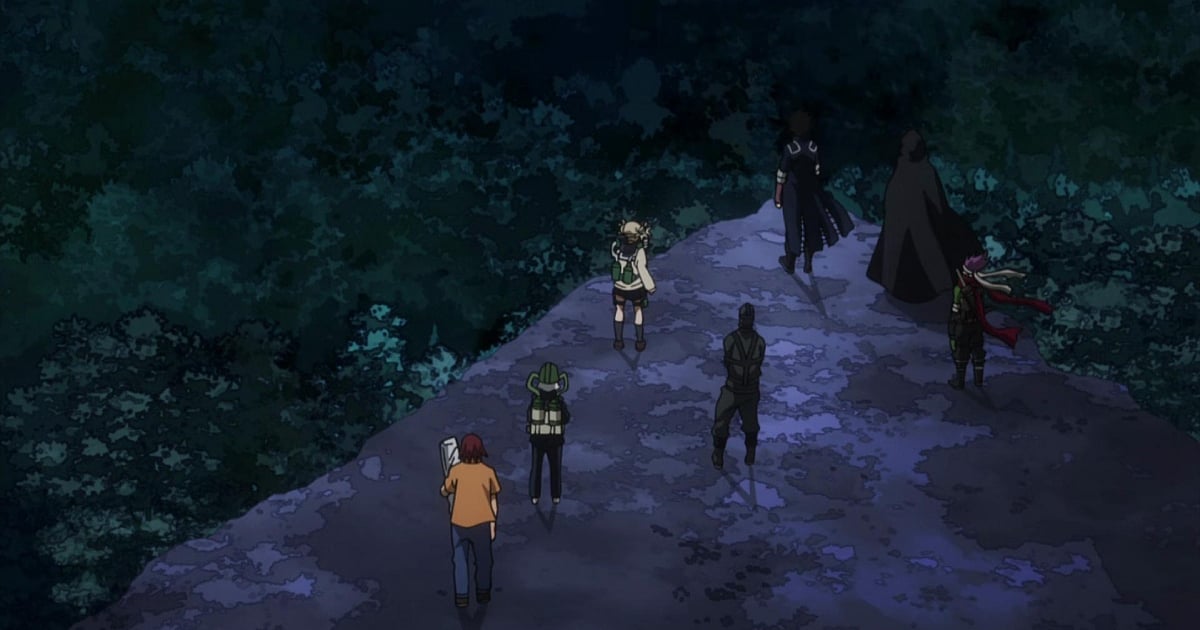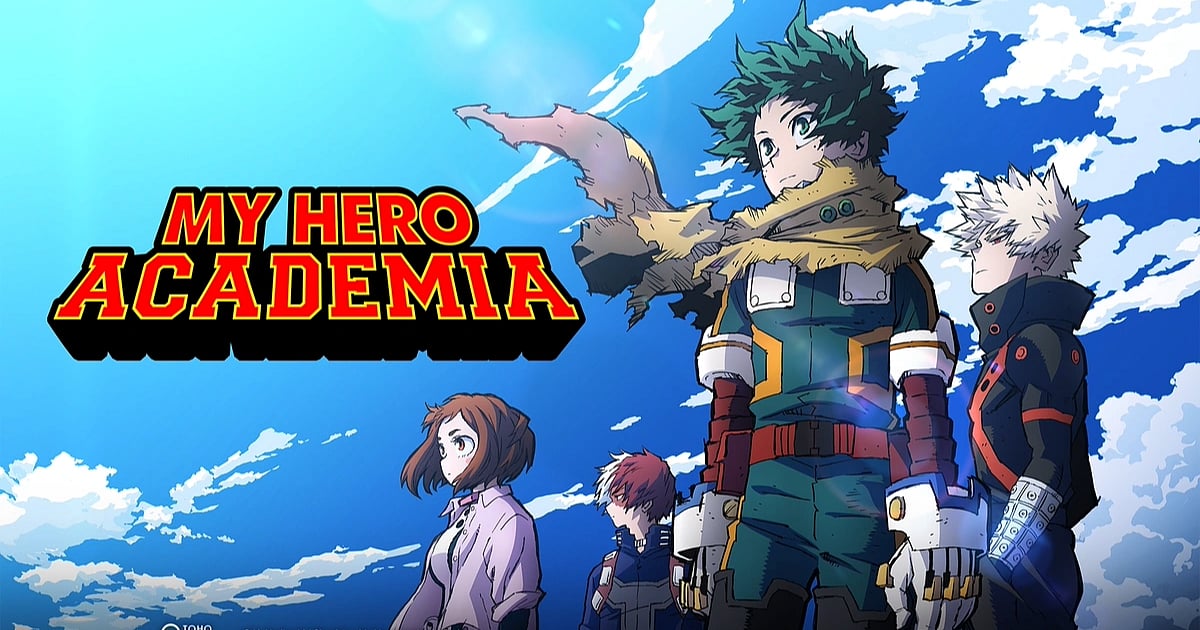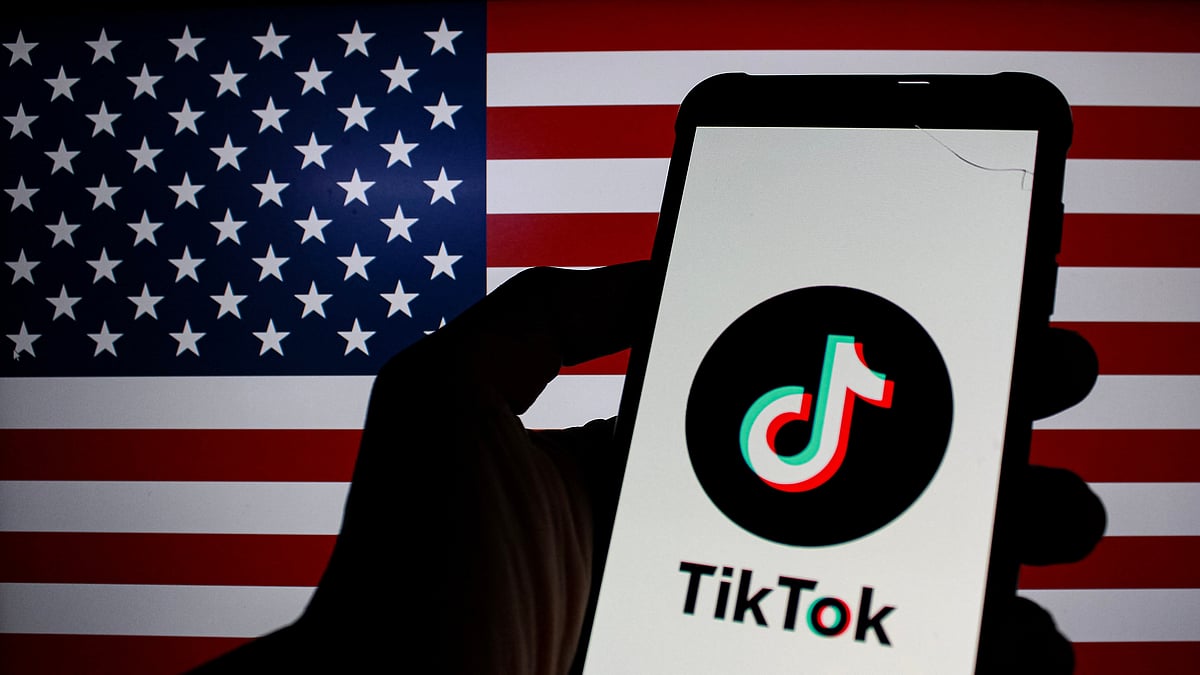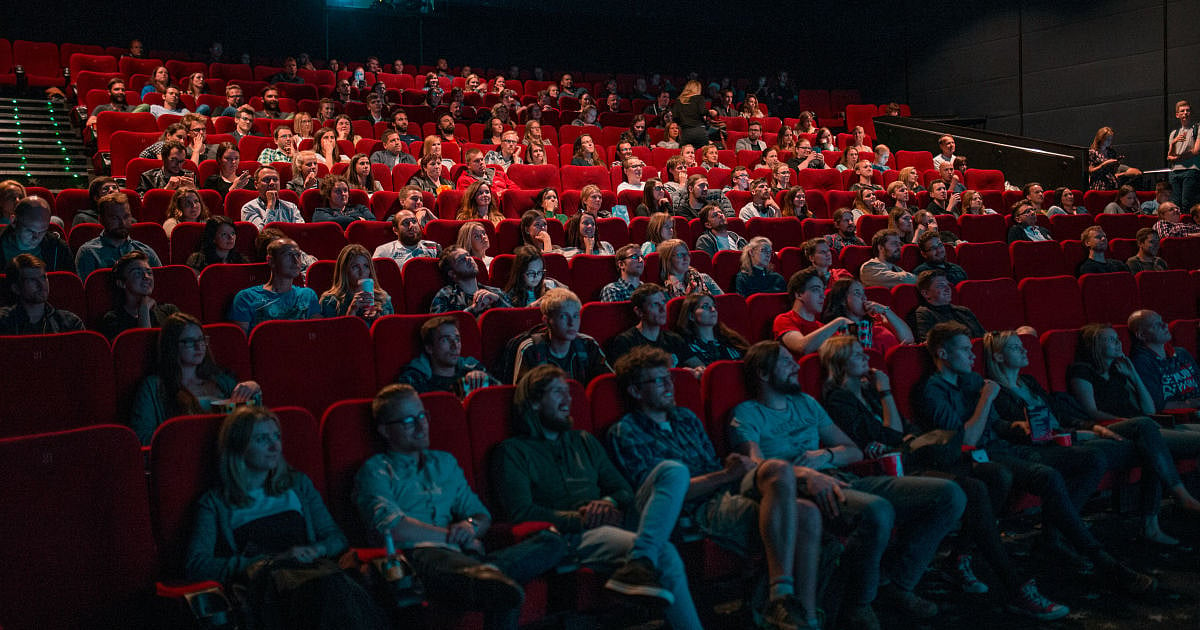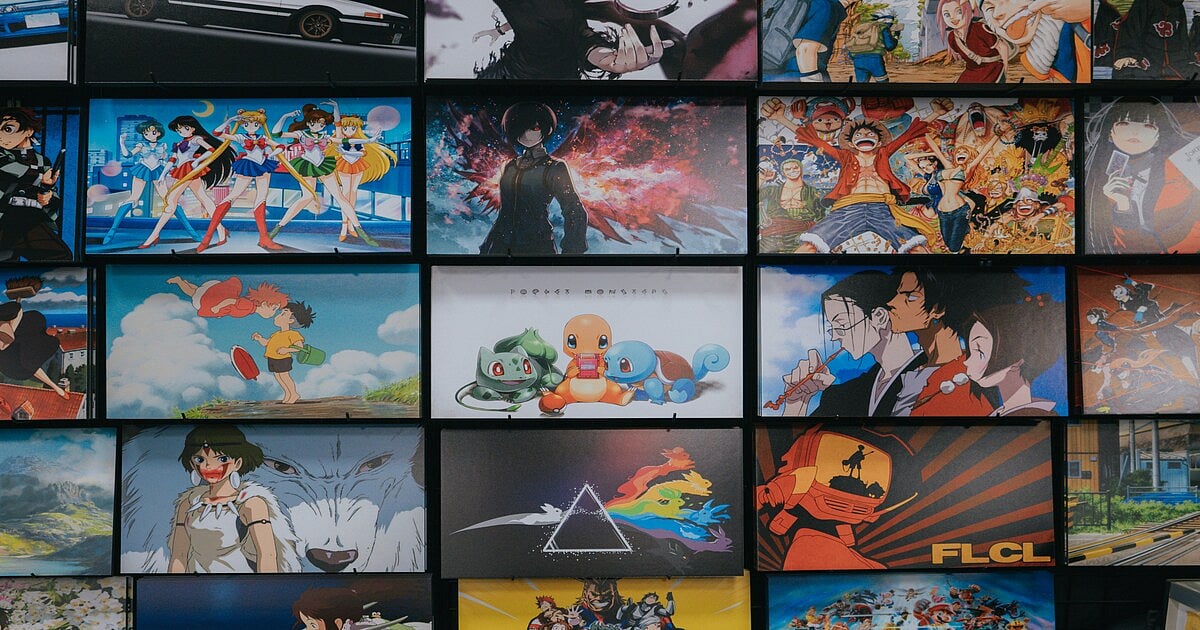
Japan’s anime industry surges globally, hits $25 billion.
Japan’s Anime Industry Hits $25 Billion, Overseas Markets Surge
As per a latest report by the Association of Japanese Animations (AJA), the animation sector grew by 14.8% with global markets, streaming giants, and niche products propelling further growth.
- Japan’s animation industry grew by 14.8% to $25 billion USD.
- Overseas markets contributed 56% of total revenue.
- Streaming drives Japan’s global anime dominance the most.
The Japanese animation industry is booming, and as per a latest report by the Association of Japanese Animations (AJA) presented at TIFFCOM, the sector earned a revenue of $25.3 billion USD (¥3.84 trillion) in the year 2024. This shows a growth of approximately 14.8% in the sector, which is set to increase even more in the coming years.
Japanese Anime Dominance Overseas
The most notable fact is that almost 56% of the revenue comes from international consumers rather than the local ones, which accounted for almost 44% of the sector.
Megumi Onouchi, AJA committee member and CEO of Japan’s HumanMedia Inc., said, “Overseas revenue is now climbing high and has not yet reached the peak. We believe it has potential to expand to even more markets.”
He further stated, international events related to the sector have also seen significant growth. Currently, 160 such events are being held across 50 countries. These events may include major anime and pop-culture festivals, conventions, and expos, like Comic Cons, or meet-and-greets, in various growing markets.
Major studios like Bandai Namco (Gundam), Toho Global (Godzilla), and Studio4℃ discussed expanding into the global markets at TIFFCOM's session "The Cutting Edge of Japanese Animation's Global Expansion".
Japan has seen a steady overseas growth since 2020, where the overseas market pulled in a share of 51% and 56% in the years 2023 and 2024, respectively.
This growth has been persisting for a long period of time now. There have been many celebrities, especially sports and YouTube stars endorsing anime, and businesses creating and selling anime merchandise and products.
Adding to that, what broke the internet earlier this year was “ghiblified” images of oneself using ChatGPT. The trend had sparked debate for a while, with Miyazaki openly criticizing its prominence. However, Matt Alt, author of Pure Invention: How Japan Made the Modern World, noted in a Financial Times report of May 2025 that, probably, these effects cumulatively show what “could be the peak of Japanese pop culture."
Japan Increasingly Focusing on Anime and Games
Japanese anime benefits mostly from merchandising and streaming. Research from Parrot Analytics says that Netflix and Crunchyroll now dominate as much as 80% of the global anime streaming market.
As per Roland Kelts, author of Japanamerica: How Japanese Pop Culture Has Invaded the U.S., the industry’s “production and distribution systems remain inefficient,” an issue that anime companies are now seeking to address. Anime and manga are still relatively new to people around the world. Manga was little-known outside of Japan until the 90s, when the global popularity of anime was growing, and comic strips in newspapers increased its visibility.
Nevertheless, it does not overlook the fact that the gaming industry has been quite prevalent in Japan since the 80s. Therefore, Japan, which has given the world some of the biggest companies, like Nintendo, has been ramping up its development in this space quite recently as well.
According to Japan's Ministry of Economy, Trade, and Industry, Japanese companies generate approximately 90% of gaming sales, but less than 10% of anime revenues. The majority of the profit goes to distributors, streaming platforms, and merchandisers.
But the Japanese animation industry suffers from issues, such as labor/workforce crunch, payment problems, and long working hours. Additionally, anime production is expensive. Creating a 30-minute episode takes 100 people two months and costs over ¥20 million ($140,000 USD), says Yoyogi Animation Academy, cited by Financial Times in its May 2025 report.
To address these issues in the overall animation sector, Sony’s not-for-profit arm has introduced a program that will train African animators (existing and emerging) with an opportunity to work in Japan. Through this, Sony aims to mitigate the workforce gap in the animation sector in Japan, which is increasing day by day.
Japan and Saudi Arabia: New Face of Integrated Digital Entertainment?
Japan seems to create a bigger space for an integrated digital entertainment, and this initiative had already begun when it introduced anime-inspired games like Dragon Ball FighterZ, Naruto Shippuden: Ultimate Ninja Storm, One Piece Odyssey, Attack on Titan 2, and Demon Slayer: The Hinokami Chronicles, amongst others. Along with that, the country has hyped much on travel, tourism, lifestyle elements like manga, maid or butler cafes, cosplay events, and merchandised products.
However, Saudi Arabia is also increasingly pushing to create a larger digital empire by fusing games, travel, and Gen Z preferences. The Kingdom had recently hosted the Esports World Cup 2025 in Riyadh and had launched a metaverse experience, Riyadh-Season, in partnership with Roblox, despite the company being banned in most Middle Eastern countries. This shows that Saudi Arabia is set to become a global digital-tourism hotspot by 2030 as part of its government's initiative.
At the same time, industry analysts estimate Saudi Arabia’s total animation market to reach $6.33 billion USD by 2030, with the anime-specific sector forecasting to peak at nearly $700 million USD by the same year, depicting the rising demand for animation within the creative economy of the Gulf kingdom.
Nevertheless, Japan will be boosting its efforts too, trying to push anime and other media related to it, like games, as a core industry under its ‘New Cool Japan Strategy’, which has an ambitious target of reaching ¥ 20 trillion (~ $130 billion USD) by 2033.

Author
Diya Mukherjee is a Content Writer at Outlook Respawn with a postgraduate background in media. She has a passion for writing content and is enthusiastic about exploring cultures, literature, global affairs, and pop culture.
Related Articles
